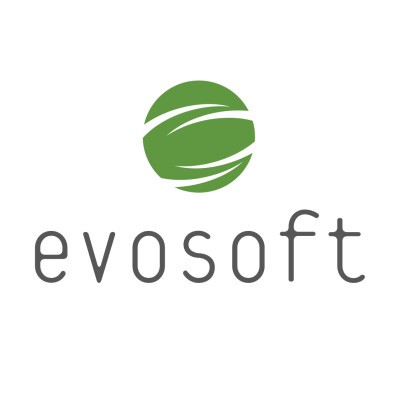Holistic patient diagnosis and treatment through semantic interoperability in radiology.
Optimal healthcare requires effective communication and data exchange between clinical systems. Despite different data structures, semantic interoperability enables coherent data exchange and uniform understanding of information.
THE CHALLENGE
Different data structures vs. efficient radiology department
Our customers faced a significant challenge due to the diversity in data structures used within their clinical systems (proprietary XML, internal SQL, outdated HL7, etc.). They were dealing with multiple systems, some developed in-house and others sourced from third party providers, each with their own unique approach to data structuring or in some cases even without structured data modeling.
The complexity of consolidating and interpreting clinical information from different systems was hindering our client’s efforts to improve clinical reporting and increase the efficiency of their radiology departments. The innovation potential that lies within their clinical data remained largely untapped due to the lack of a unified data structure and a way to utilize this data.
THE SOLUTION
Implementation of semantic interoperability and structured reporting
To meet our client’s challenges, we took a standards-based approach and implemented the globally recognized DICOM SR (Structured Report), FHIR (Fast Healthcare Interoperability Resources) and FHIRcast standards into their clinical systems.
This enabled the connection of a diagnostic modality with another diagnostic modality for a cross-modality diagnosis, from imaging to reporting, from reporting to RIS and EMR systems. In addition, we enhanced the common imaging platform for all devices of our customer to ensure semantic interoperability and ensure that a wide range of radiology products benefit from this advancement.
By implementing structured reporting and semantic interoperability, we facilitated the collection, storage and exchange of data in a structured way. As a result, this data is now accessible and usable across a variety of systems, including medical imaging modalities, RIS (Radiology Information Systems), HIS (Hospital Information Systems), EHR (Electronic Health Records) and oncology treatment systems.
THE RESULT
Improving the global healthcare system
Through our solution, we have not only taken the digitization of structured radiology reports to the next level, but also achieved semantic interoperability. Furthermore, this has paved the way for the application of AI algorithms to enhance clinical reports, improving the efficiency and throughput of radiology departments. Essentially, our approach has been a significant step towards an integrated, efficient and data-driven healthcare environment. It has enabled our customers to fully utilize their clinical data and set a new standard in healthcare data management.
Our ability to establish clinical semantic interoperability places our customer at the forefront of innovation in medical imaging IT. This groundbreaking advancement is so unique that our first customer is among a small global group to implement it in their released medical products. Accordingly, its overall impact on the global healthcare sector is expected to grow exponentially in the coming years.


